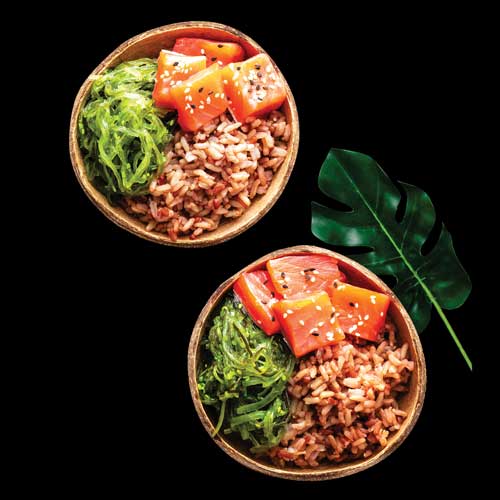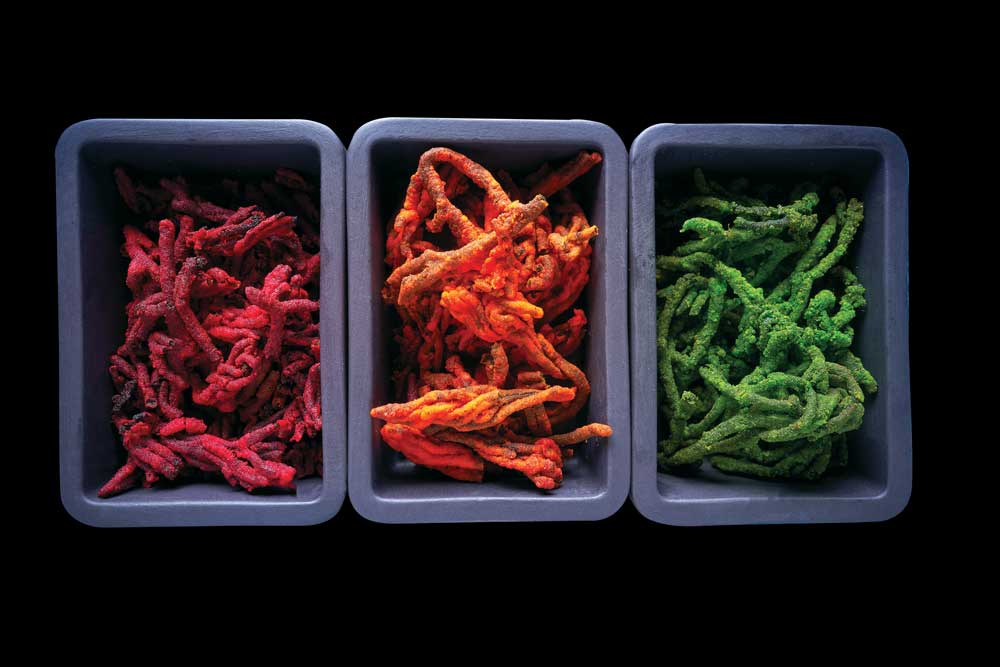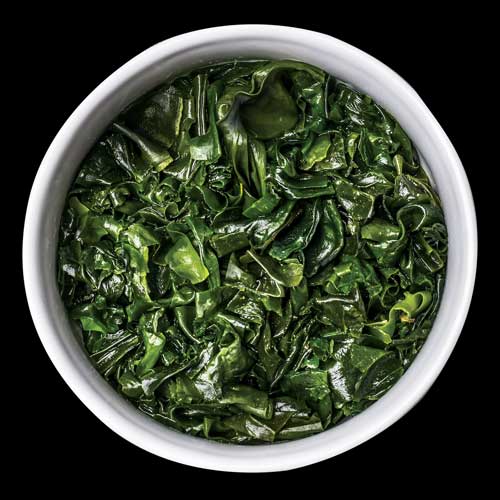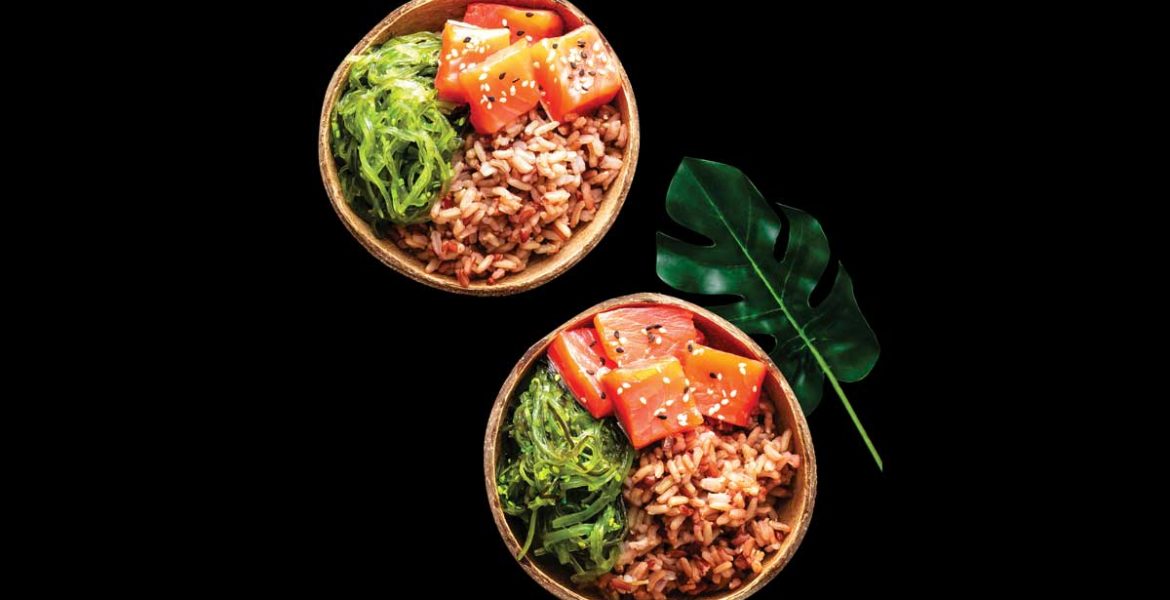Sea savours and flavours
Nimanthi Bandaranayake enjoys the nutritional taste of sea plants

A varied category of multicellular marine organisms called sea plants, commonly referred to as seaweed or marine algae, are found in salty habitats such as oceans, seas and coastal regions.
These constitute vital elements of marine ecosystems and are photosynthetic organisms that use sunlight to make energy. Based on their pigmentation, sea plants can be broadly divided into three groups, which vary in size, form and colour.
Green algae (Chlorophyta) comprise the largest class of seaweed and are present in a variety of maritime settings. Because these contains chlorophyll, the same pigment found in plants, they are often green in colour. Sea lettuce (genus Ulva) and sea grapes (genus Caulerpa) are two examples of green algae.

Red algae (Rhodophyta) can range in colour from red to purple due to the presence of pigments such as phycoerythrin and phycocyanin. They can adhere to rocks or other substrates and are frequently seen in deeper waters. Red algae species include nori (genus Porphyra) and dulse (Palmaria palmata).
Brown algae (Phaeophyceae) is the largest and most structurally complex group of seaweed, which can typically reach large proportions and range in colour from dark-brown to olive green. Well-known brown algae species include wakame (Undaria pinnatifida) and kelp (genus Laminaria).
They have been consumed by numerous tribes around the world for ages due to their high nutritional composition, which includes vitamins, minerals and antioxidants. Sea plants are becoming more popular as a sustainable food source due to their potential health advantages and contribution to the advancement of sustainable food systems.

A TASTE OF SEA GRAPES
Sea grapes constitute edible seaweed that grow in the shallow waters of tropical and subtropical locations. They are sometimes referred to as ‘green caviar’ (or umibudo in Japanese), and recognised for their unusual looks and characteristics. Sea grapes are widely used in many Asian dishes, particularly in Southeast Asian nations.
Appearance and taste – Sea grapes resemble clusters of green grapes because of their small, round and beadlike formations, which are linked to thin, hollow stalks. Since these translucent beads have a crisp and slightly crunchy sensation when you bite into them, they are frequently compared to popping caviar. Sea grapes are a popular and refreshing option, for salads and side dishes, since they are briny and have a subtle oceanic flavour.

Nutritional benefits – Sea grapes are rich in nutrients and have a number of health advantages. They a good source of minerals including calcium, magnesium, iron and iodine, as well as vitamins A, B and C. Sea grapes are a healthy supplement to a balanced diet because they are low in calories and fat.
Culinary uses – Sea grapes are frequently consumed raw in a straightforward salad on their own or as a component of a seafood salad. Additionally, they are used as a garnish or side dish for many seafood recipes. Before serving, sea grapes are sometimes lightly blanched or quickly submerged in fresh water to lessen their inherent salinity. They are a sought after delicacy, and frequently used to improve the presentation of dishes because of their distinctive appearance and texture.
Sustainability – Growing sea grapes is considered environmentally safe because it uses few resources and has no negative influence on its surroundings. They are grown responsibly in some regions to ensure a consistent supply for human use without endangering the environment. Overall, sea grapes are a delightful and nutritious addition to various dishes, and provide a unique culinary experience with their ‘pop in your mouth’ texture and oceanic flavour.





